Dessau’s Bauhaus Museum design reflects philosophy taught by the German school
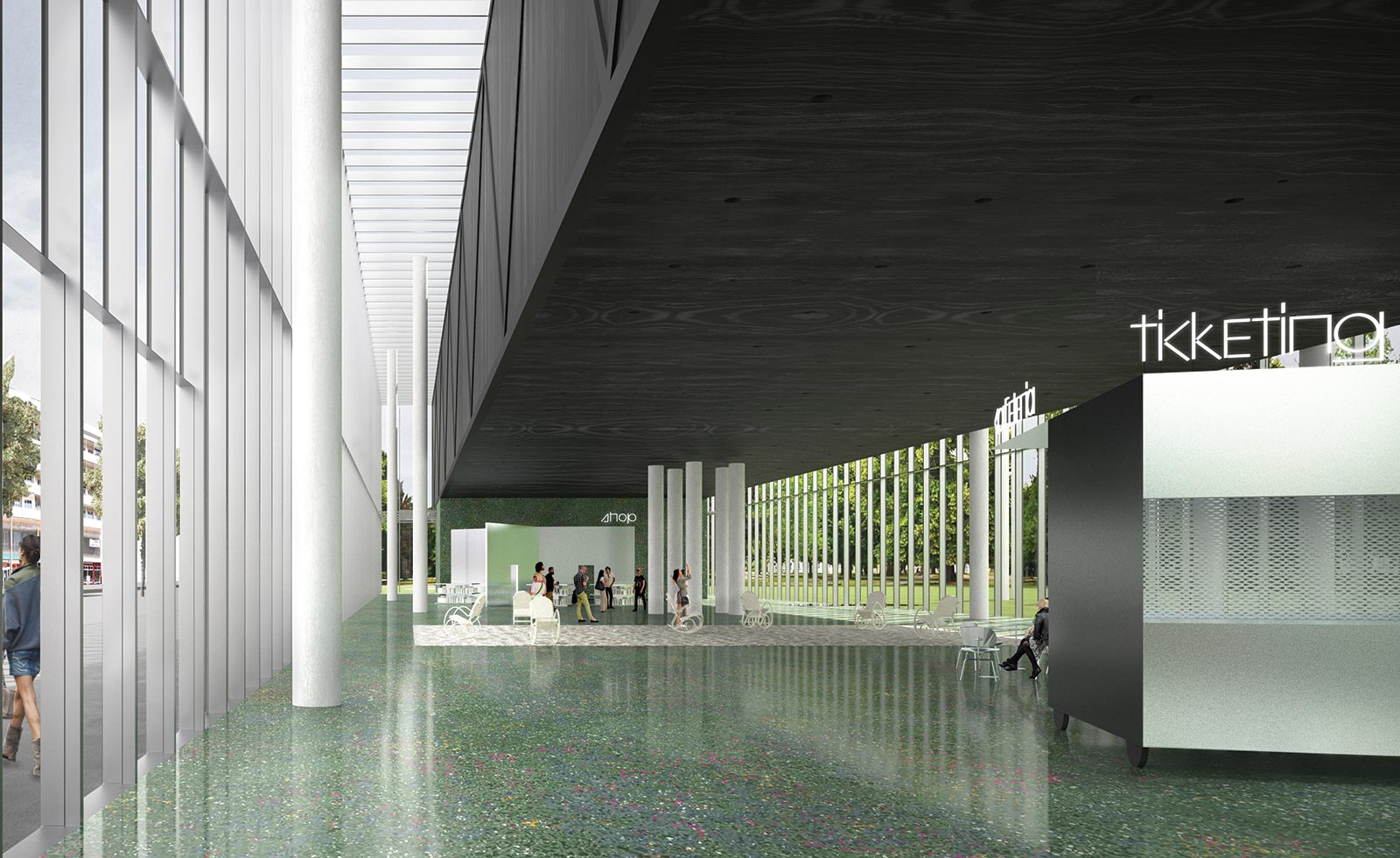
When Barcelona-based addenda architects won the competition to design the Bauhaus museum in Dessau in late 2015 there were some interesting parallels between the way they worked and the Bauhaus philosophy. As a collective of five architects from different parts of Spain and Europe, who developed the design in a collaborative way, addenda’s process was ‘closely connected with the seminal Bauhaus conception of a creative community', explains the firm’s José Zabala.
Their proposal, which won out of 831 entries, is simple yet striking. Composed of a long, rectangular concrete bridge structure ‘floating’ inside a glass shell or curtain wall, it relates to Bauhaus principles ‘visually through its form and reduced palette of materials', says Zabala, ‘although its shape and appearance is more about the idea of a bold and economic structure rather than about being a formal recreation of a modern building', he adds.
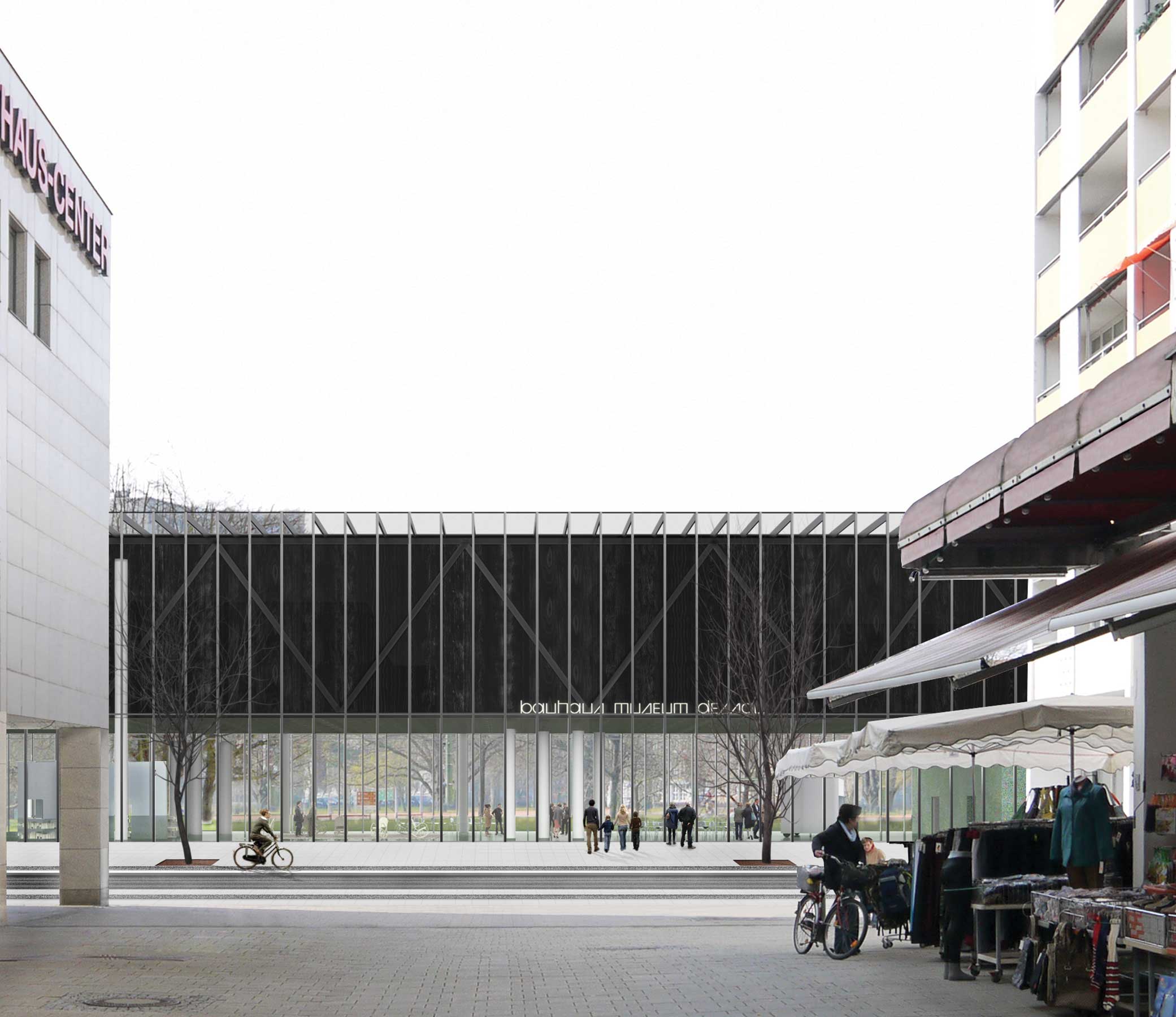
Currently in construction, the museum is scheduled to open in September 2019
Designing for flexibility and openness, as well as for the display of the world’s second-largest Bauhaus collection of objects, many made out of paper, required highly climate-controlled technical spaces that proved to be one of the project’s biggest challenges. The architects’ solution was to provide a hermetic black box on the upper storey for the presentation of the collection, while a transparent ground floor would become a permeable and dynamic public space where the city and museum come together in a generous foyer, a temporary exhibition space, a restaurant and various events spaces.
RELATED STORY
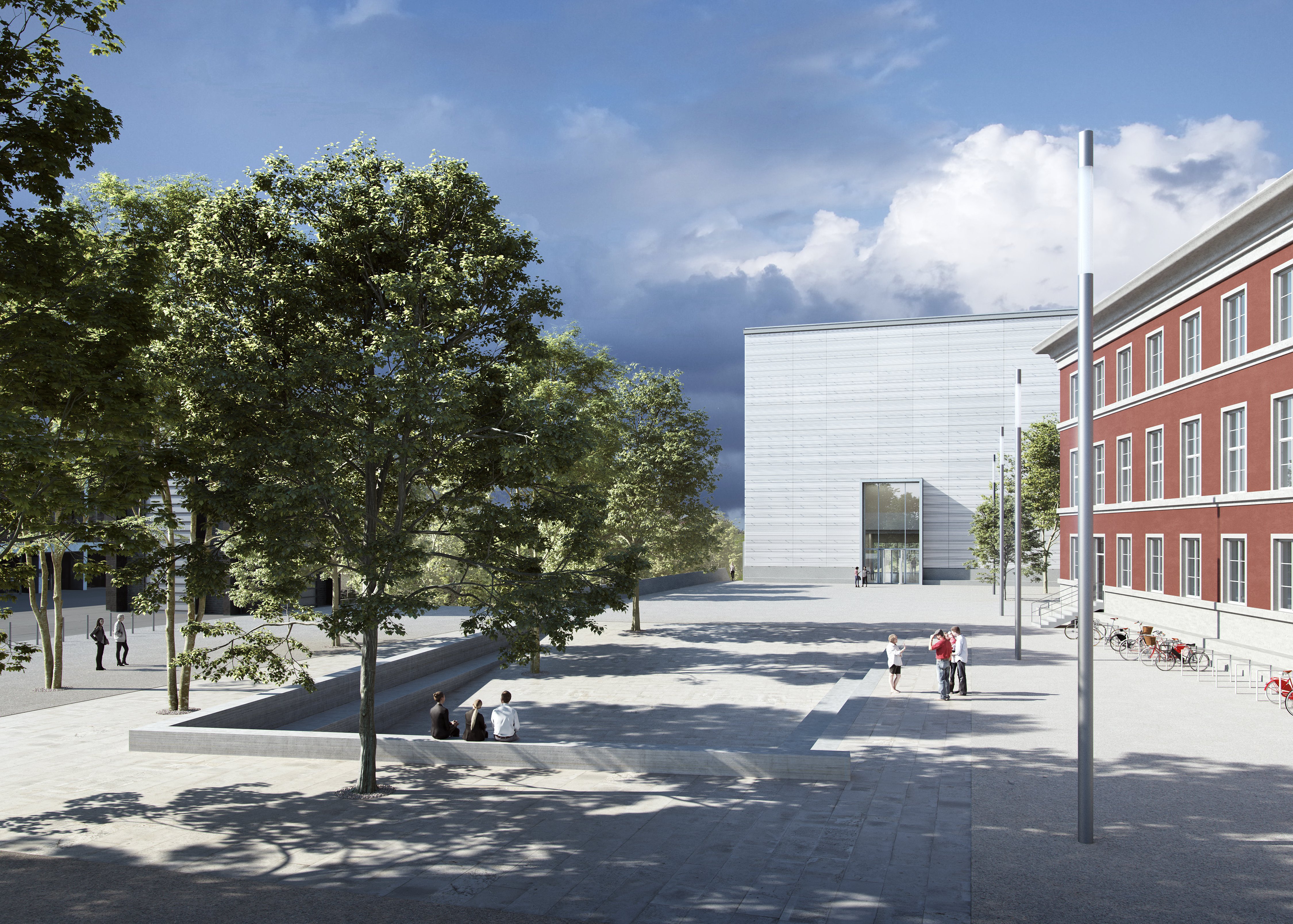
The decision to locate the museum in the city’s central park and not next to the famous Bauhaus school building or master’s houses a little northwest of the centre was a conscious one, says Claudia Perren, director and chief executive officer of the Bauhaus Dessau Foundation. ‘We wanted to be right in the middle of the city and not create a museum island', she explains.
The central location will help to ‘amplify the Bauhaus cultural effect' throughout the city agrees Zabala, but also ‘generate interest and attract visitors to compensate for the “shrinking city effect” experienced by certain German cities after reunification'. The hope is that the museum, which is due to complete on September 9, 2019, in time to mark the 100-year anniversary of the Bauhaus school next year, will become not only a magnet for Bauhaus aficionados from Germany and the world, but also a lively meeting spot and cultural venue for the city itself.
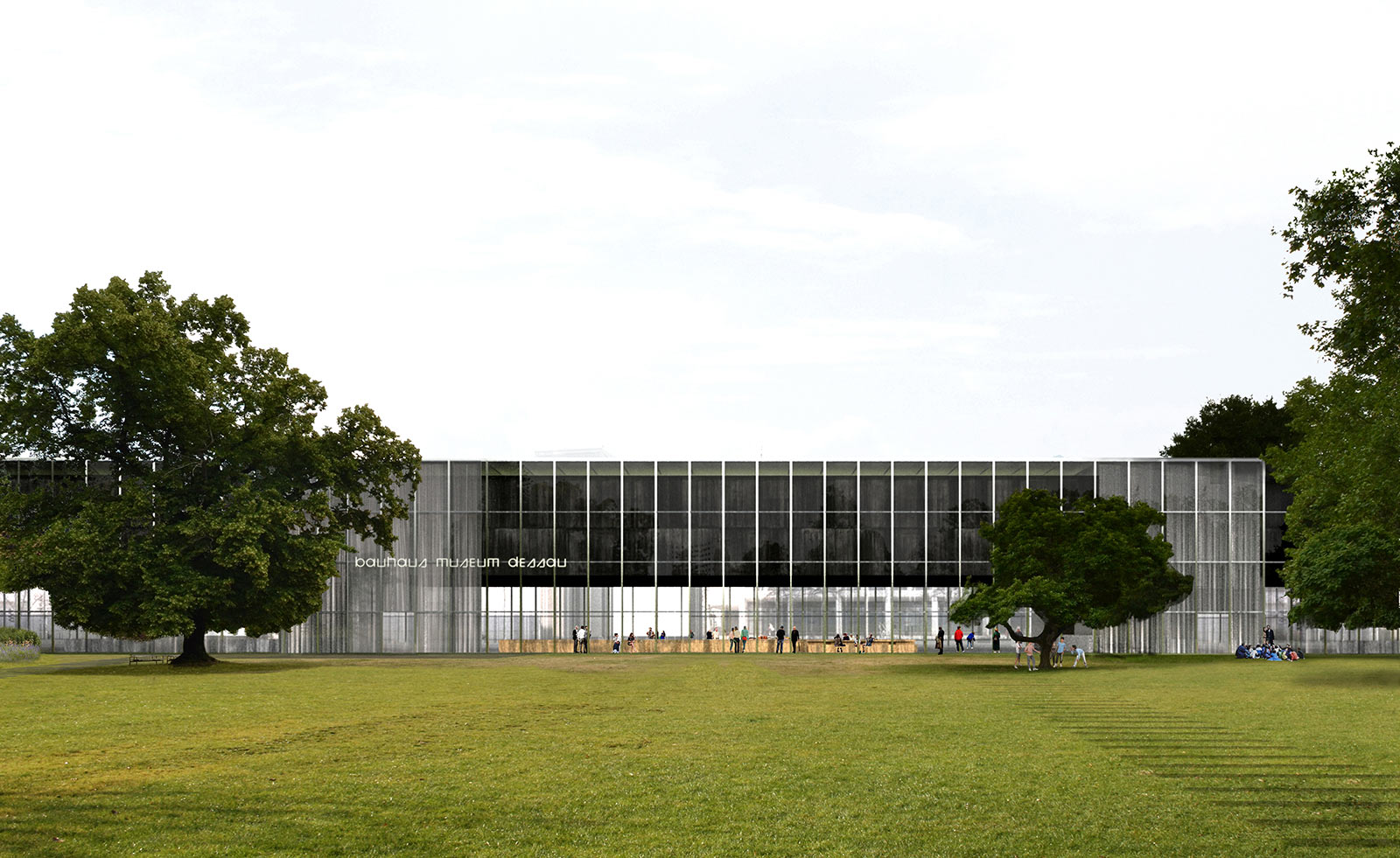
The architects wanted the building to be open and flexible
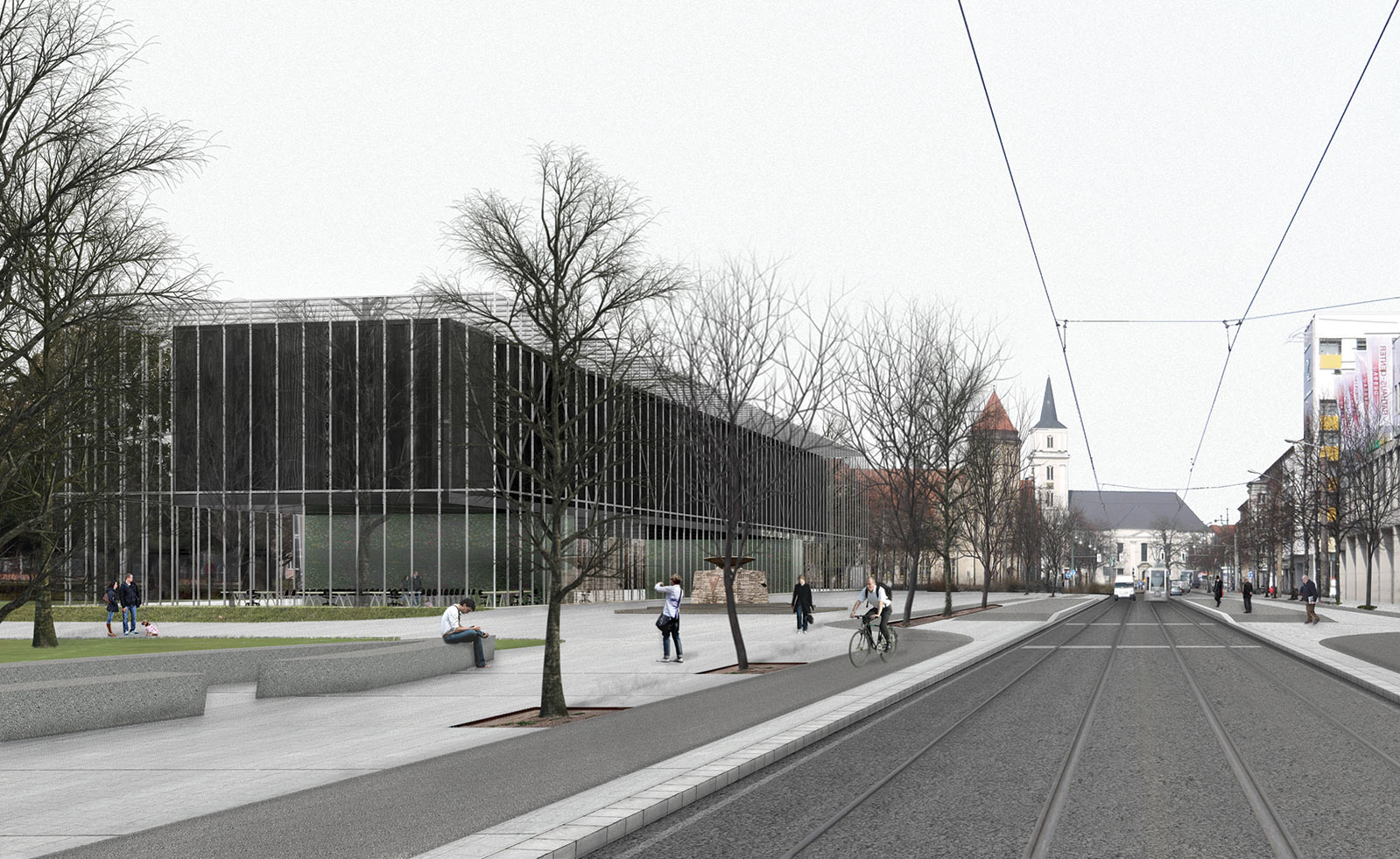
The architects worked on the project as a collective; much in the spirit of the Bauhaus school
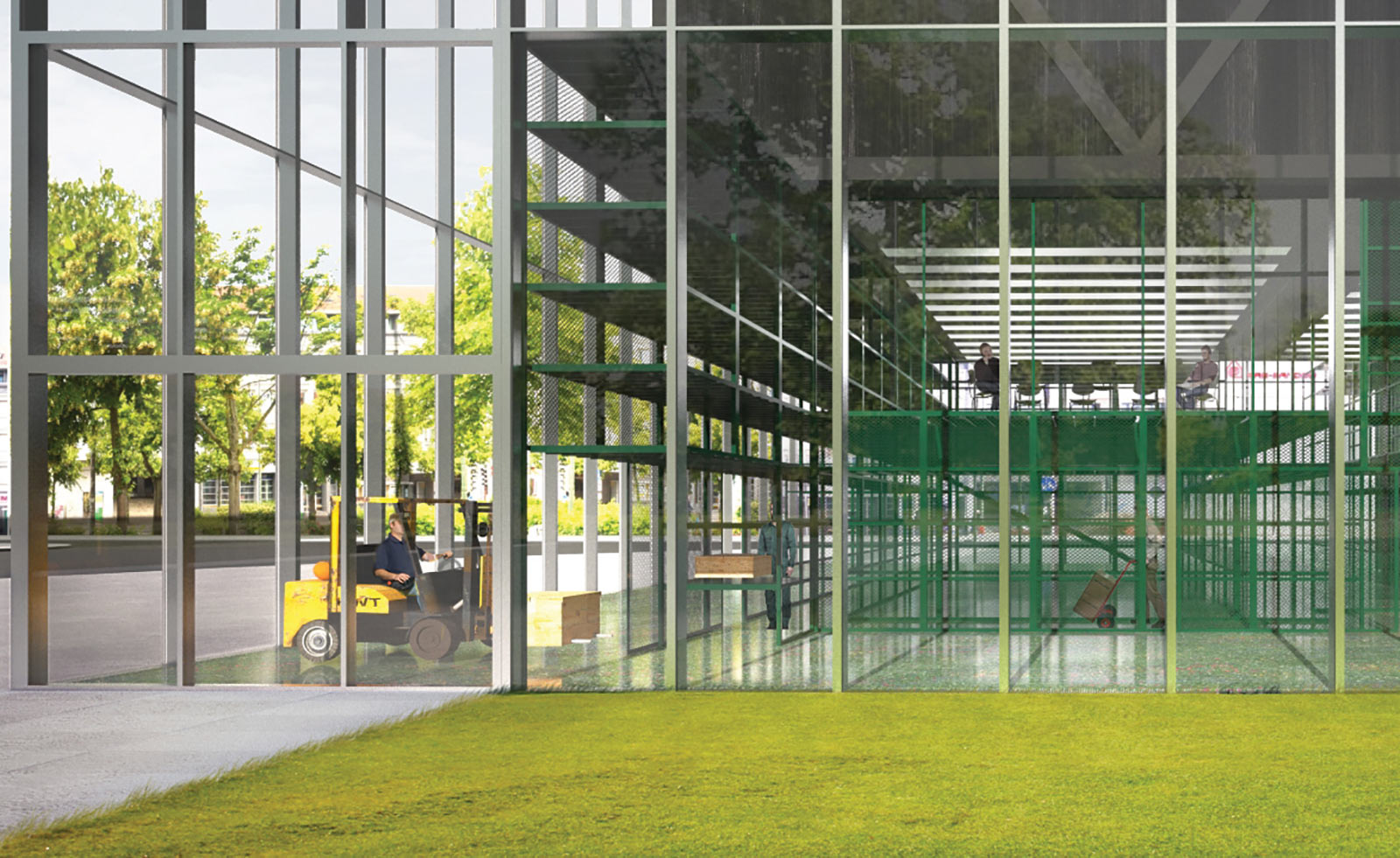
The design features a long, glass-clad, rectangular volume
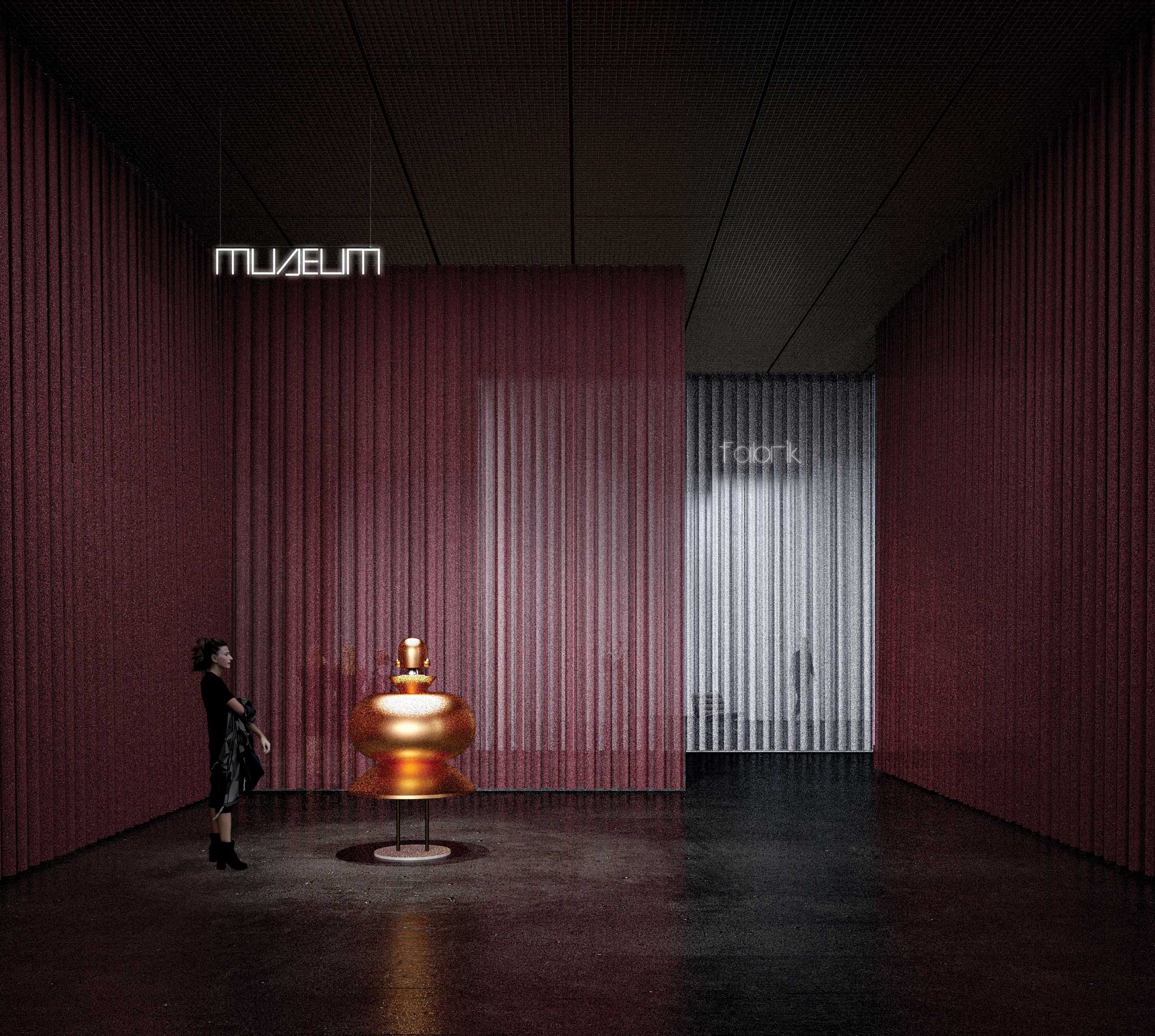
Inside, the museum will hold displays of the world’s second-largest Bauhaus collection of objects
INFORMATION
For more information, visit the addenda architects website
Receive our daily digest of inspiration, escapism and design stories from around the world direct to your inbox.
Giovanna Dunmall is a freelance journalist based in London and West Wales who writes about architecture, culture, travel and design for international publications including The National, Wallpaper*, Azure, Detail, Damn, Conde Nast Traveller, AD India, Interior Design, Design Anthology and others. She also does editing, translation and copy writing work for architecture practices, design brands and cultural organisations.
-
 This cult Los Angeles pop-up restaurant now has a permanent address
This cult Los Angeles pop-up restaurant now has a permanent addressChef Brian Baik’s Corridor 109 makes its permanent debut in Melrose Hill. No surprise, it's now one of the hardest tables in town to book
-
 French bistro restaurant Maset channels the ease of the Mediterranean in London
French bistro restaurant Maset channels the ease of the Mediterranean in LondonThis Marylebone restaurant is shaped by the coastal flavours, materials and rhythms of southern France
-
 How ethical is Google Street View, asks Jon Rafman in Copenhagen
How ethical is Google Street View, asks Jon Rafman in CopenhagenIn 'Report a Concern - the Nine Eyes Archives' at Louisiana Museum of Art, Copenhagen, Jon Rafman considers technology's existential implications
-
 The Architecture Edit: Wallpaper’s houses of the month
The Architecture Edit: Wallpaper’s houses of the monthFrom wineries-turned-music studios to fire-resistant holiday homes, these are the properties that have most impressed the Wallpaper* editors this month
-
 This modernist home, designed by a disciple of Le Corbusier, is on the market
This modernist home, designed by a disciple of Le Corbusier, is on the marketAndré Wogenscky was a long-time collaborator and chief assistant of Le Corbusier; he built this home, a case study for post-war modernism, in 1957
-
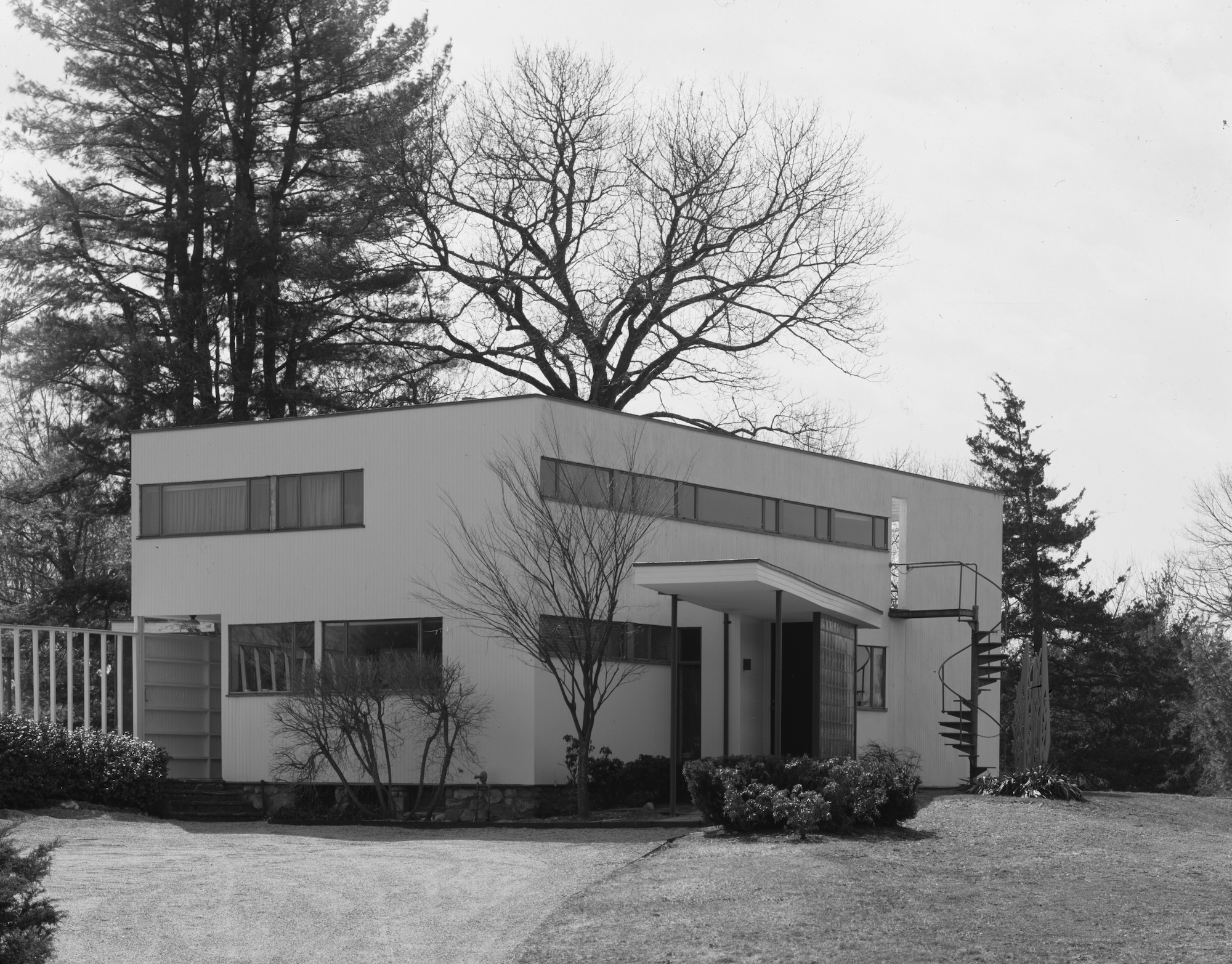 From Bauhaus to outhouse: Walter Gropius’ Massachusetts home seeks a design for a new public toilet
From Bauhaus to outhouse: Walter Gropius’ Massachusetts home seeks a design for a new public toiletFor years, visitors to the Gropius House had to contend with an outdoor porta loo. A new architecture competition is betting the design community is flush with solutions
-
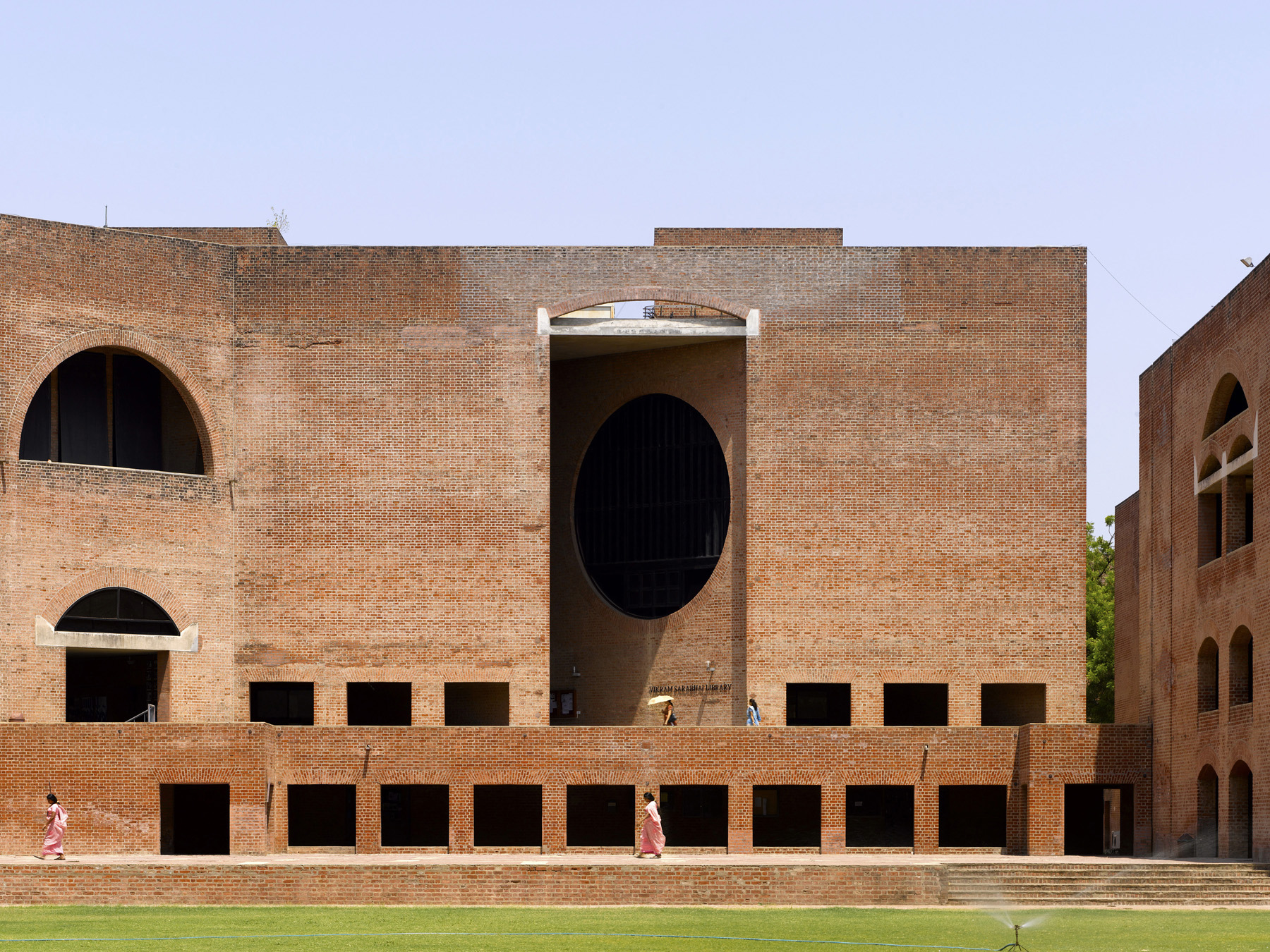 Louis Kahn, the modernist architect and the man behind the myth
Louis Kahn, the modernist architect and the man behind the mythWe chart the life and work of Louis Kahn, one of the 20th century’s most prominent modernists and a revered professional; yet his personal life meant he was also an architectural enigma
-
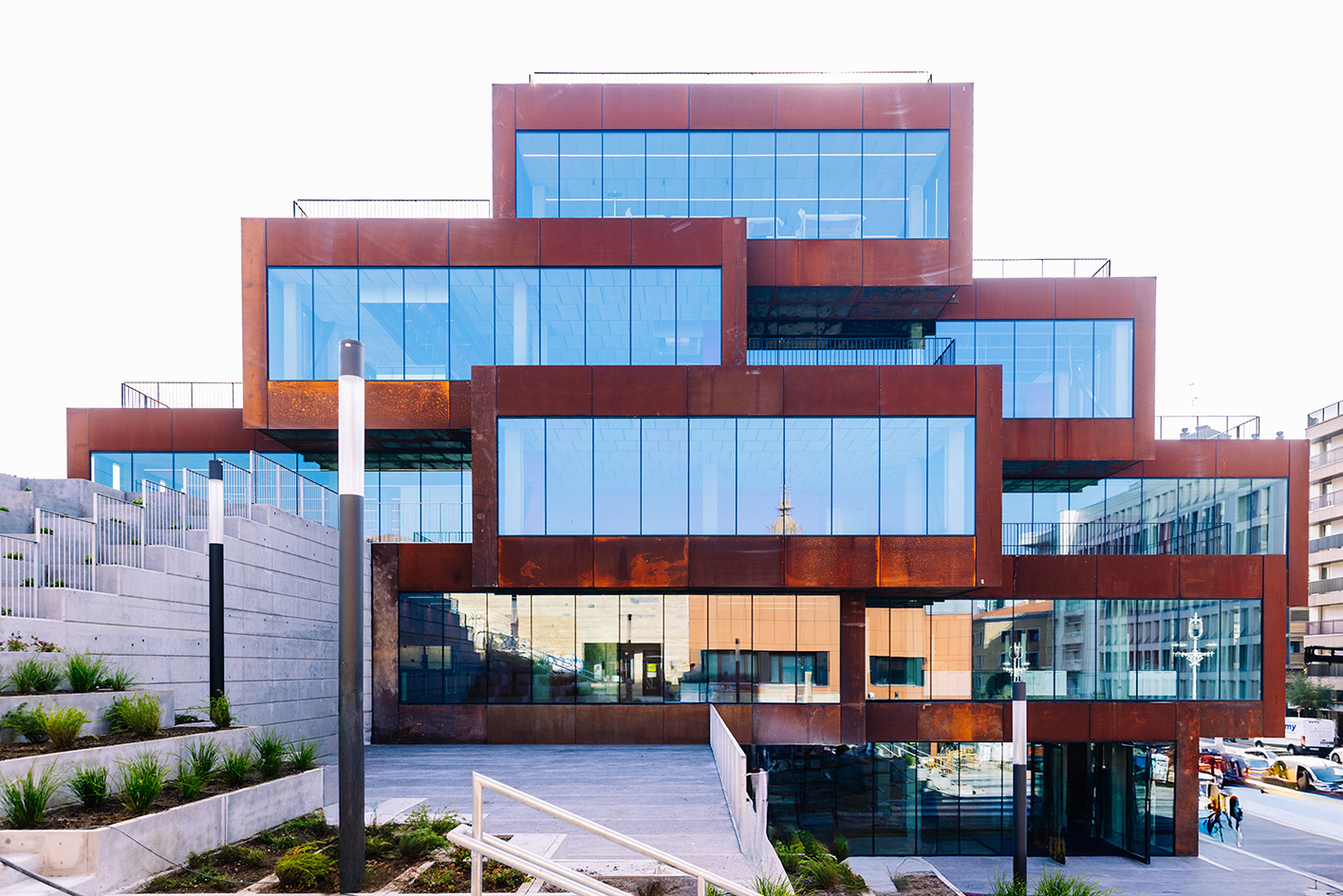 In the heart of Basque Country, Bjarke Ingels unveils a striking modular building devoted to culinary research
In the heart of Basque Country, Bjarke Ingels unveils a striking modular building devoted to culinary researchSee what the architect cooked up for the Basque Culinary Center in San Sebastián, Spain
-
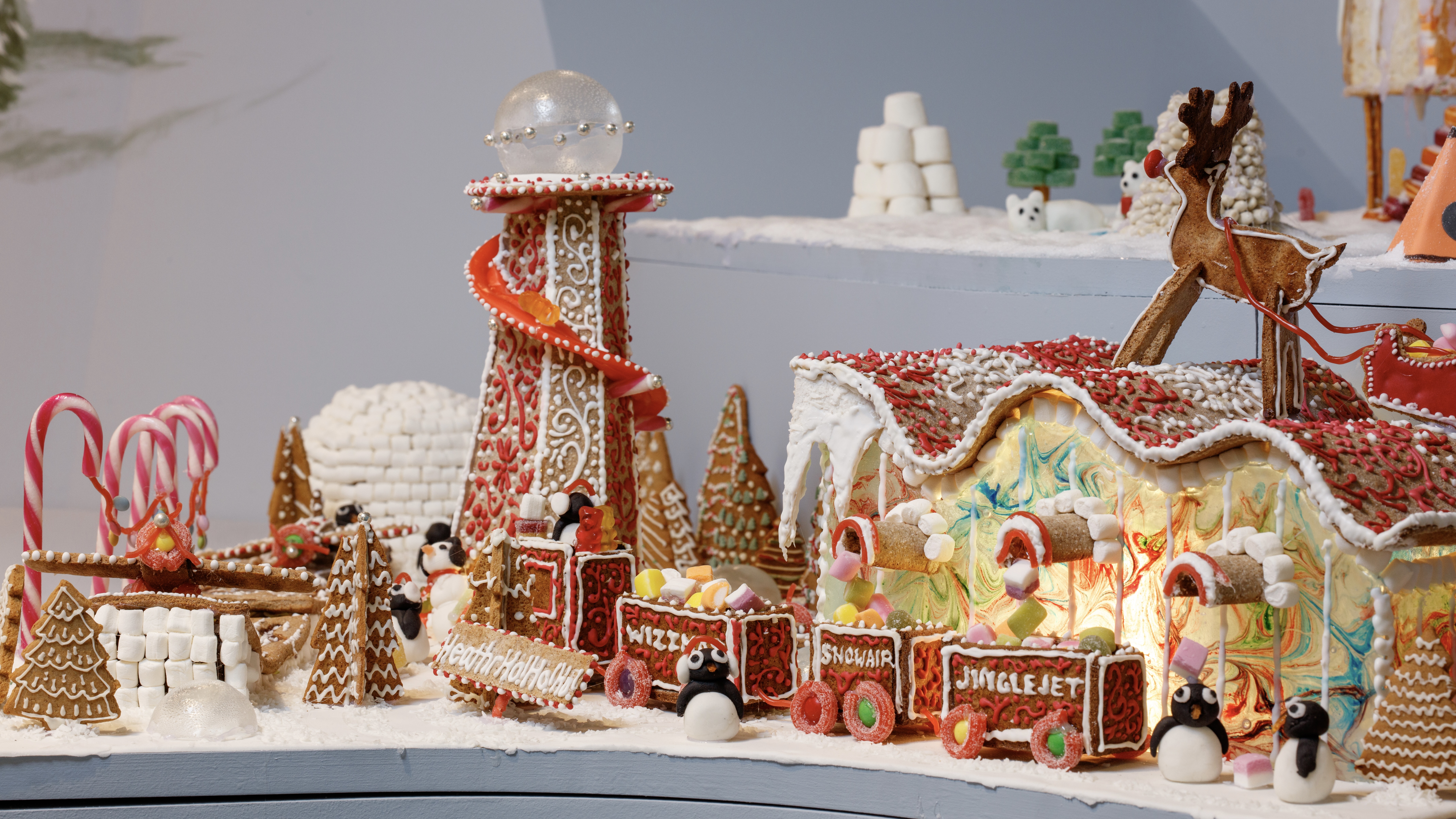 Welcome to The Gingerbread City – a baked metropolis exploring the idea of urban ‘play’
Welcome to The Gingerbread City – a baked metropolis exploring the idea of urban ‘play’The Museum of Architecture’s annual exhibition challenges professionals to construct an imaginary, interactive city entirely out of gingerbread
-
 The Architecture Edit: Wallpaper’s houses of the month
The Architecture Edit: Wallpaper’s houses of the monthFrom Malibu beach pads to cosy cabins blanketed in snow, Wallpaper* has featured some incredible homes this month. We profile our favourites below
-
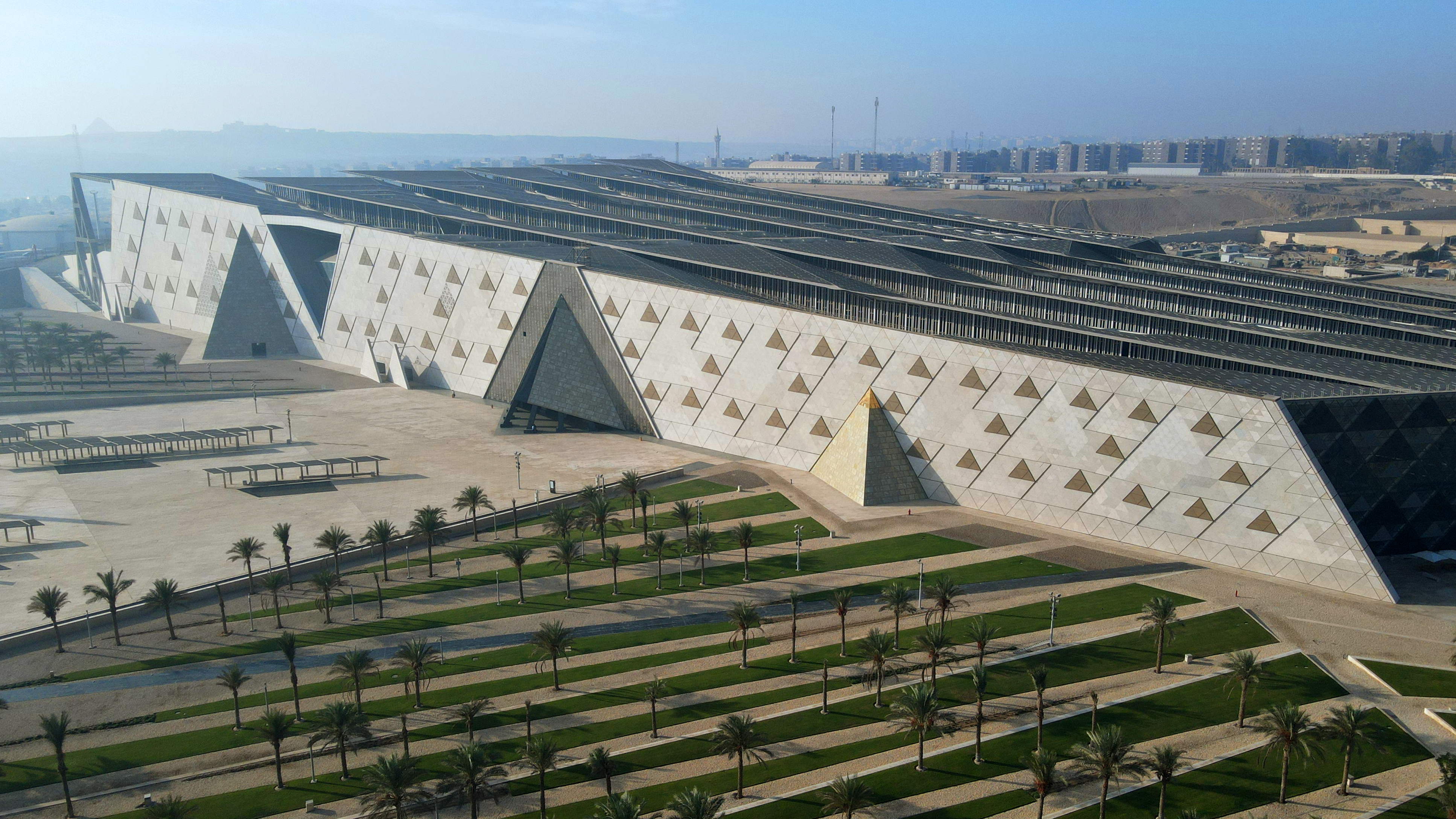 The Grand Egyptian Museum – a monumental tribute to one of humanity’s most captivating civilisations – is now complete
The Grand Egyptian Museum – a monumental tribute to one of humanity’s most captivating civilisations – is now completeDesigned by Heneghan Peng Architects, the museum stands as an architectural link between past and present on the timeless sands of Giza